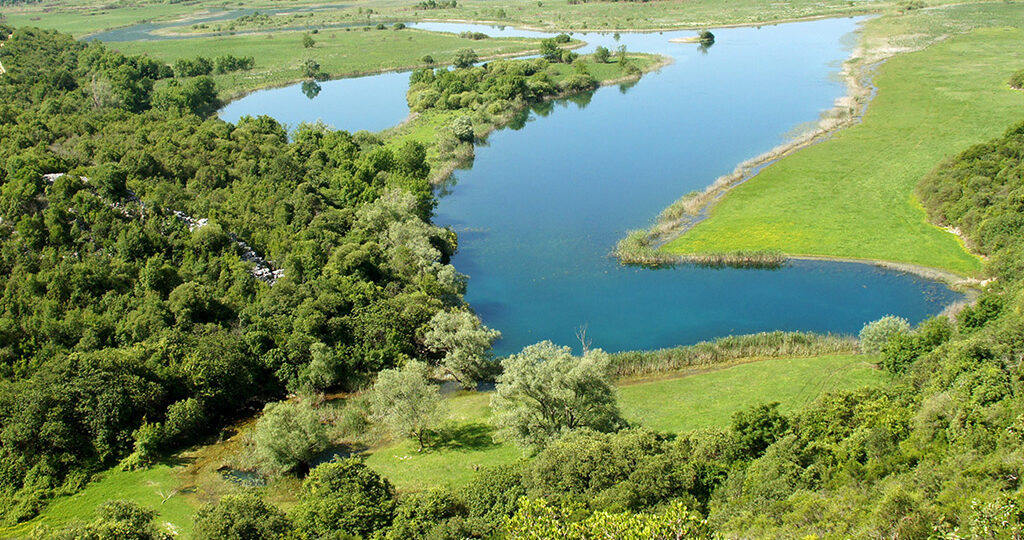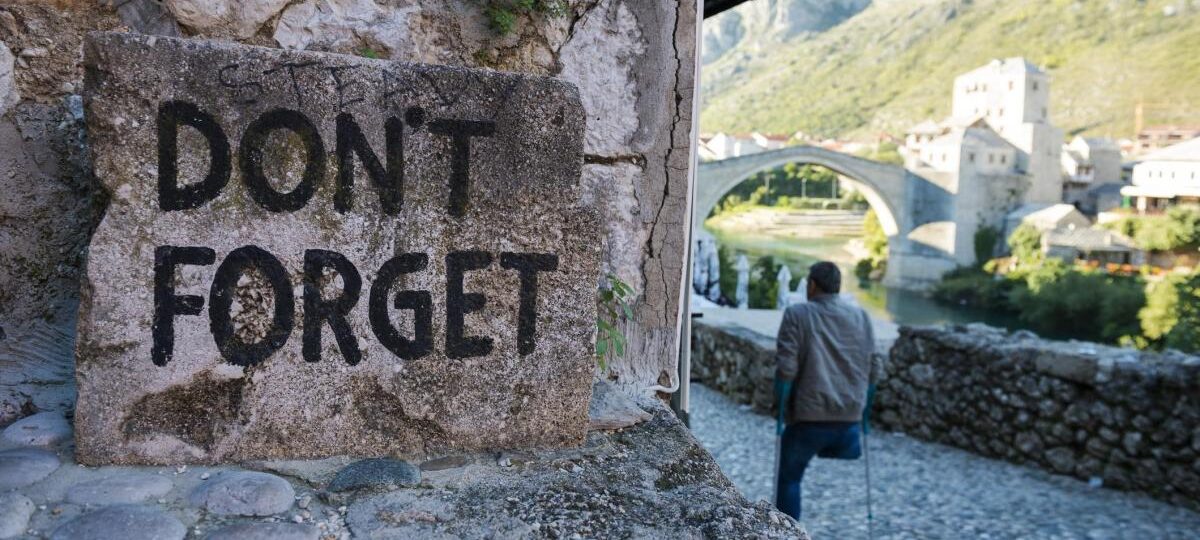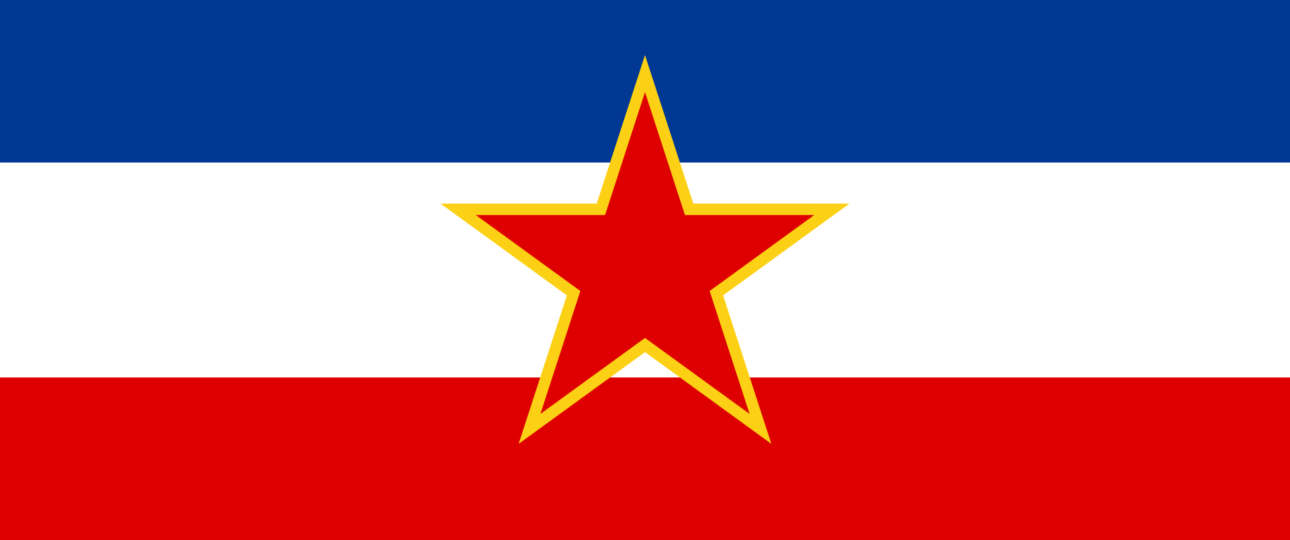Visit Hutovo Blato Nature Park – a birdwatcher’s paradise with boat tours, hiking, and wildlife in southern Bosnia and Herzegovina.
Discover Bosnia and Herzegovina: Hutovo Blato Nature Park


Visit Hutovo Blato Nature Park – a birdwatcher’s paradise with boat tours, hiking, and wildlife in southern Bosnia and Herzegovina.

Discover the romantic legend behind Aleksa Šantić’s poem “Emina” and its deep roots in Mostar’s cultural heritage. Explore the story, statue, and song that made Emina an icon of timeless beauty.

9 May 1993 in Mostar: From Division to Reconciliation | Remembering and Moving Forward

Tito’s death on May 4, 1980, marked the start of Yugoslavia’s collapse. Learn how the end of his rule led to rising nationalism and the breakup of the federation.

Discover how Bosnia and Herzegovina celebrates the 1st of May with picnics, cultural events, and reflections on workers’ rights. Learn about Labour Day traditions and their modern meaning.